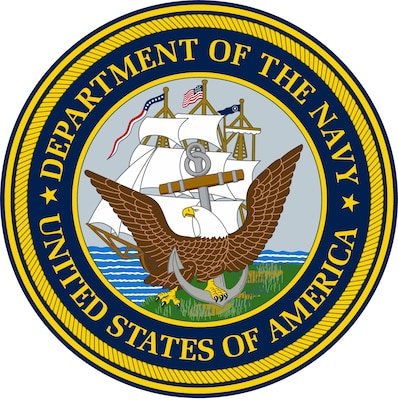Secretary of the Navy (SECNAV) Carlos Del Toro announced today that a future Pathfinder-class oceanographic survey ship will be named USNS Robert Ballard (T-AGS 67).
The future USNS Robert Ballard will honor Dr. Robert Ballard, a retired U.S. Navy Commander, and former director of the Center for Ocean Exploration. A tenured professor of oceanography at the University of Rhode Island’s Graduate School of Oceanography, he is widely known as a discoverer of the final resting place of the R.M.S. Titanic. The name selection follows the tradition of naming survey ships after explorers, oceanographers and distinguished marine surveyors.
Ballard was born in 1942, growing up in San Diego, Calif. After he graduated from the University of California, Santa Barbara, in 1965, he earned an Army Reserve Commission, ultimately requesting and transferring to the United States Navy when called to active service in 1967. Assigned to the Office of Naval Research as a liaison officer at Woods Hole Oceanographic Institution in Massachusetts, Ballard worked extensively with deep-submergence vehicle Alvin (DSV-2). After transitioning to the Naval Reserve in 1970, he completed a Ph.D. in marine geology and geophysics at the University of Rhode Island. He continued to work at Woods Hole, where he was part of a team that discovered deep-sea thermal vents near the Galapagos Rift. Best known for his 1985 discovery of R.M.S. Titanic at a depth of 12,000 feet, Ballard also led other shipwreck discoveries, including USS Yorktown (CV-5), USS Quincy (CA-39) and President John F Kennedy’s PT-109. Ballard retired from U.S. Naval Service in 1995. In 1989, he founded the distance learning program the JASON Project, which reached 12 million school children; and the Institute for Exploration in Mystic, Conn, and is also the founder and president of the Ocean Exploration Trust.
Secretary Del Toro has designated Mrs. Barbara Earle Ballard, Dr. Ballard’s spouse and President of Odyssey Enterprises, as the ship’s sponsor.
Military Sealift Command’s Special Mission program supports worldwide oceanographic programs with ships that perform acoustical, biological, physical and geophysical surveys. These ships gather data that provides much of the military’s information on the ocean environment. The collected data helps to improve technology in undersea warfare and enemy ship detection. The oceanographic and hydrographic survey ships’ multi-beam, wide-angle precision sonar systems make it possible to continuously chart a broad strip of ocean floor. Survey ships have charted three-fourths of the world’s coastlines, making it easier for navigators to find their way along both well-traveled and not-so-familiar shipping routes.

